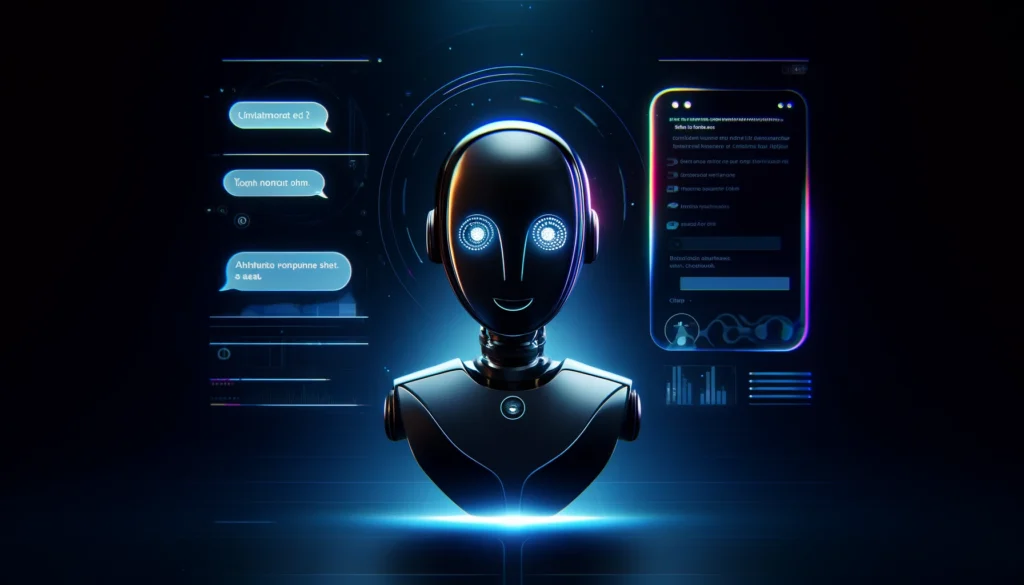The Impact of Technological Innovation on Employment

Technological innovation has always been a driving force behind economic and social change. From the Industrial Revolution to the Information Age, advancements in technology have reshaped job markets, skill requirements, and economic structures in profound ways. Today, we stand on the cusp of another transformative era, driven by rapid advancements in artificial intelligence (AI), robotics, blockchain, and other emerging technologies. This blog explores how these technological innovations are impacting employment, the skills required in the modern workforce, and the broader economic structures.
Reshaping Job Markets
1. Automation and Job Displacement:
One of the most significant impacts of technological innovation is automation. Robots and AI systems are increasingly capable of performing tasks that were once the domain of human workers. This trend is particularly evident in manufacturing, where robots are handling repetitive tasks with greater efficiency and precision than humans. However, automation is not limited to blue-collar jobs. White-collar jobs, including data entry, basic accounting, and even legal research, are also being automated.
2. Creation of New Jobs:
While automation displaces certain jobs, it also creates new ones. The tech industry itself is a major employer, with new roles emerging in fields like AI development, cybersecurity, data analysis, and digital marketing. Additionally, entirely new industries, such as the app economy and gig economy, have emerged thanks to technological advancements. These industries create jobs that didn’t exist a decade ago.
3. Gig Economy and Freelancing:
The rise of platforms like Uber, Lyft, Upwork, and Fiverr has facilitated the growth of the gig economy, where individuals can offer their services on a freelance basis. This shift has provided flexible employment opportunities, allowing people to work on their terms. However, it also raises questions about job security, benefits, and workers’ rights.
Changing Skill Requirements
1. Emphasis on Digital Literacy:
As technology becomes integral to nearly all aspects of work, digital literacy has become a fundamental skill. Workers need to be proficient in using digital tools, from basic office software to specialized industry-specific applications. This trend is evident across all sectors, from agriculture to finance.
2. The Importance of STEM Education:
There is a growing demand for workers with expertise in science, technology, engineering, and mathematics (STEM). These fields are critical for developing and maintaining new technologies. As a result, educational institutions and governments are emphasizing STEM education to prepare the workforce for future challenges.
3. Soft Skills and Adaptability:
While technical skills are essential, soft skills such as critical thinking, creativity, and emotional intelligence are becoming increasingly valuable. The ability to adapt to new technologies and continuously learn is crucial in a rapidly changing job market. Employers are looking for individuals who can navigate complex problems and collaborate effectively with others.
Transforming Economic Structures
1. The Rise of Remote Work:
Advancements in communication technologies have made remote work more feasible and widespread. The COVID-19 pandemic accelerated this trend, leading to a significant shift in how businesses operate. Remote work offers benefits such as increased flexibility and reduced commuting time, but it also presents challenges in terms of maintaining productivity, collaboration, and work-life balance.
2. Impact on Traditional Industries:
Technological innovation is disrupting traditional industries, forcing them to adapt or risk obsolescence. For example, the rise of e-commerce has revolutionized retail, leading to the decline of brick-and-mortar stores. Similarly, digital streaming services have transformed the entertainment industry, challenging traditional broadcasting and film distribution models.
3. Economic Inequality:
While technology has the potential to drive economic growth, it can also exacerbate economic inequality. High-skilled workers who can leverage new technologies often see significant income gains, while low-skilled workers may face job displacement and wage stagnation. Addressing this challenge requires targeted policies that promote inclusive growth, such as investing in education and retraining programs.
Conclusion
Technological innovation is a double-edged sword that reshapes job markets, skill requirements, and economic structures. It offers opportunities for growth and efficiency but also presents challenges that need to be addressed. As we navigate this transformative era, it is crucial to foster a culture of continuous learning and adaptability. By doing so, we can ensure that the workforce is prepared to thrive in a technologically advanced world, driving economic prosperity while minimizing the adverse impacts on employment and inequality.
Policymakers, educators, and business leaders must collaborate to create an environment that supports innovation while providing the necessary tools and resources for workers to succeed in the evolving job market.






Responses